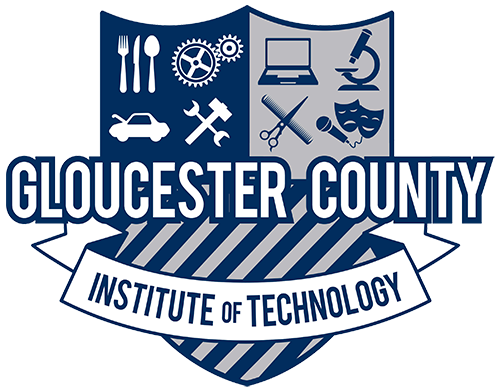Blogs influence public understanding especially on evolving topics like artificial intelligence (AI) in digital marketing. To distinguish fact from opinion, I evaluated the blog post titled “How AI is Transforming Marketing in 2024” on Marketing Insider Group. The author lacks AI expertise, the post has no publication date, and it cites studies without linking to them. According to Tate’s criteria—authorship, transparency, documentation—this post falls short of reliability (Tate, 2019, p. 26).
At first glance, it appeared authoritative. It includes stats, industry references, and examples. However, applying the rating criteria from Web Wisdom (Tate, 2019), I found some red flags.
The blog’s author is not a subject-matter expert in AI. The article offers no publication date, making it hard to assess timeliness. While it mentions studies, it provides no direct citations or links to original research. This weakens its credibility and verifiability. It reads more like an opinion piece with promotional intent than an unbiased source. Using Tate’s checklist, the post lacks transparent ownership, consistent design standards, and scholarly documentation practices (Tate, 2019, p. 26).
This raises questions about how professional communicators should navigate such content, especially when AI trends evolve rapidly.
How does social media allow journalists and audiences to work together in the verification of information?
Recent research underscores the growing role of audiences in social media-driven verification. Kožuh and Čakš (2023) studied how news literacy and trust affect users’ intent to fact-check health information on social platforms. They found that users with higher news literacy and trust are more likely to verify posts using online tools and peer discussions. This highlights a shift: audiences actively contribute to verification—not just journalists. In breaking news, users share firsthand evidence, question sources, and point out errors; journalists synthesize and verify. This joint effort builds trust and speeds up correction.
Professional communicators must foster news literacy among audiences and leverage social media’s collaborative nature. By checking crowd-sourced signals, communicators can separate credible content from unverified opinions. Applying Tate’s checklist—authorship, accuracy, transparency, documentation, and intent—across both content and context ensures informed engagement, not noise.
References
Basiura, L. (2024, October 23). How AI is transforming marketing in 2024. Marketing Insider Group. https://marketinginsidergroup.com/social-media/the-role-of-ai-in-social-media-marketing-2024/
Kožuh, I., & Čakš, P. (2023). Social media fact‑checking: The effects of news literacy and news trust on the intent to verify health‑related information. Healthcare, 11(20), 2796. https://doi.org/10.3390/healthcare11202796
Tate, M. A. (2019). Web wisdom: How to evaluate and create information quality on the web (3rd ed.). CRC Press.

